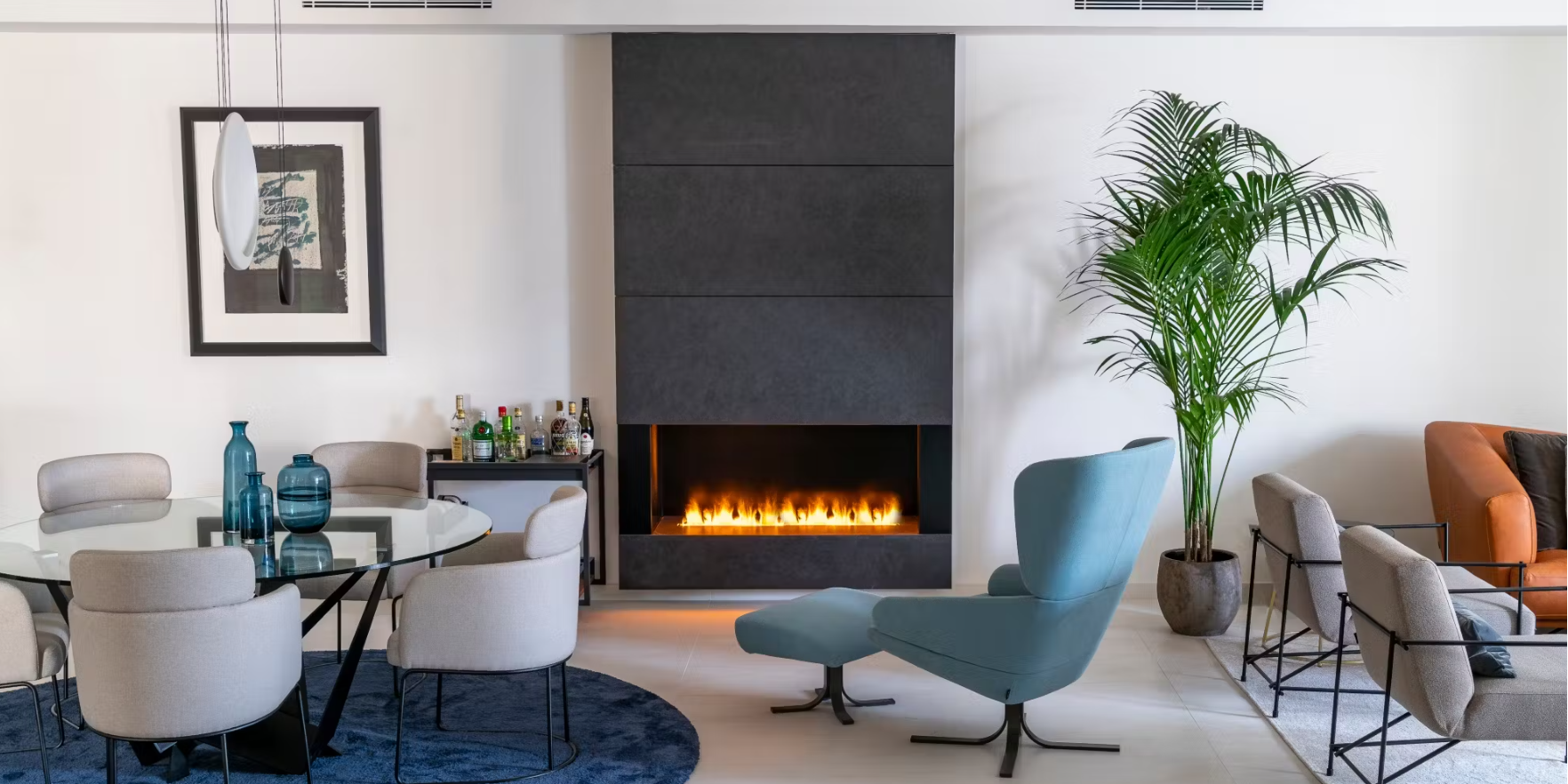Prepare your home for the time change
Last Sunday we put an end to our summer routines, welcoming the new wintertime, which will last until next Sunday 31 March 2024. With the arrival of wintertime, it is time to think about more than just whether we will sleep an hour more or an hour less; it is time to adjust our clocks and prepare our homes for the coming weeks of early darkness.
To ensure the well-being of the home and a cozy atmosphere during the cold months, it is essential to adopt some simple but effective practices. Below, we will explore the importance of adapting your home’s lighting and temperature, as well as valuable tips for coping with the longest and coldest nights of the year.

Lighting and comfort
Improved mood, increased productivity, reduced eyestrain, and energy savings are just some of the benefits of natural lighting in the home.
With the transition to wintertime, natural lighting in our homes becomes an even more precious resource, as it not only influences the aesthetics of our spaces, but also plays a fundamental role in our physical and emotional well-being.
That is why, in this period of shorter days and longer nights, it is crucial to learn how to maximise the entry of natural light into our homes: From simple adjustments in the distribution of furniture, to the selection of decorative elements, the choice of light colours for the walls of the home or the appropriate use of certain materials, can make a big difference in the amount of natural light that our interior spaces receive. Keeping windows clean, using translucent curtains, or placing mirrors strategically in front of windows to reflect light are some other tips to allow more light into the home.
Warm and cosy home in the hours of less light
With the arrival of the winter season, transforming our home into a warm and cosy haven becomes a priority. Maintaining the right temperature and creating a comforting atmosphere not only contributes to physical well-being, but also promotes a feeling of warmth and security. Accompanying your home with warm textiles, such as soft blankets, warm cushions, or thick rugs, can provide a sense of comfort and warmth in your interior spaces, as well as using warm light bulbs to create a cosier atmosphere. Using warm colours in your décor, such as beige, brown, and other earth tones, will also help to create this feeling of warmth.
Some options to provide an adequate temperature in your home during these months may be to insulate windows and doors to avoid draughts, to use thermal curtains to help retain heat inside and block the cold, or to regulate the thermostat, adjusting it to a comfortable and programmable temperature to optimise energy consumption. It is important to know that the ideal temperature for the home during the cold months should be between 21 and 23 degrees during the day and 17 at night.
Implementing these tips at home will help transform your home into an oasis of comfort and warmth during the coldnatrual l months, providing an environment conducive to well-being.
